This Lemon and Mint Cordial recipe is an adaptation of Nana Ling's Passionfruit Cordial recipe.
It's inspired by the sweet lemon and mint drinks that are popular throughout Egypt, but the best thing about this cordial is that you can mix it to the sweetness of your liking. A beautiful refreshing drink for long, hot summers.
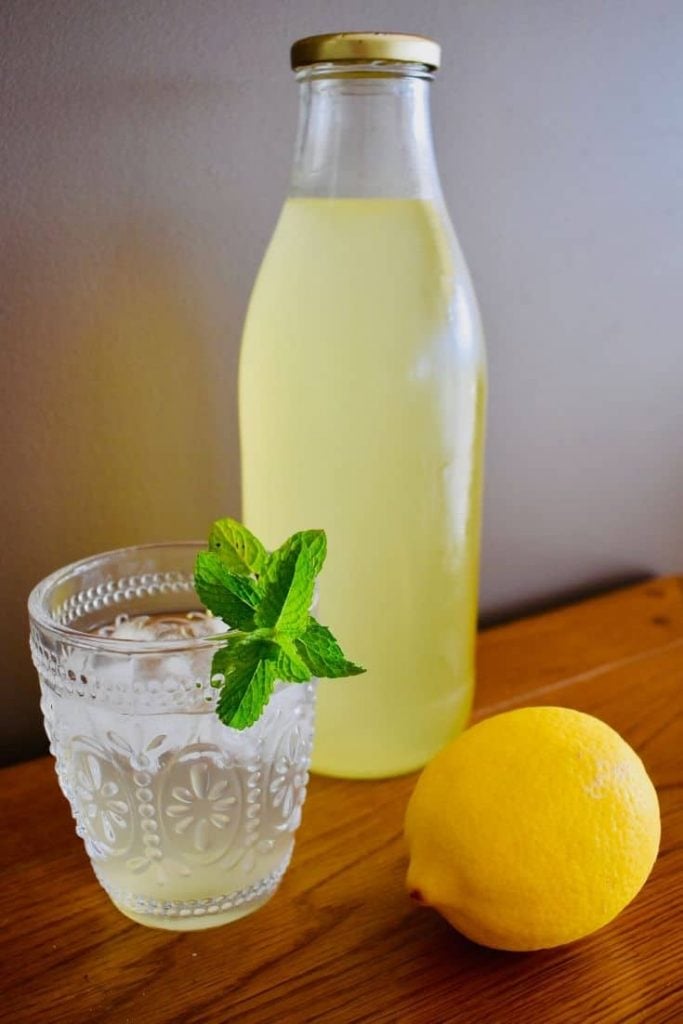
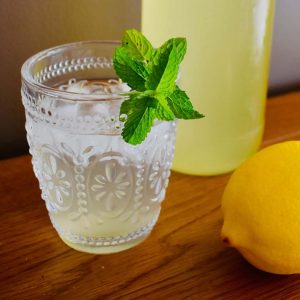
Lemon and Mint Cordial
A refreshing combination that you can bottle and enjoy all year round.
Ingredients
- 3 medium or 4 small lemons (they should weigh around 500 grams in total)
- 30 mint leaves
- 2 teaspoons tartaric acid
- 2 ½ cups caster sugar
- 2 cups water
Instructions
- Juice lemons (they should yield about 200ml of juice). Add tartaric acid and stir to combine.
- Add sugar and water to a saucepan, along with the mint leaves and the zest from about ½ of the lemons. Stir over medium-high heat until the sugar dissolves and the mixture just starts to simmer. This should take about 5 minutes. Remove mixture immediately once it starts to simmer.
- Pour sugar mixture over lemon juice and leave for 15 minutes.
- Strain mixture using a muslin cloth, pour into a bottle and place the lid on the bottle.
- Allow to cool and store in the pantry for up to 12 months. Or pop it in the fridge to enjoy immediately.
- Enjoy mixed with water or soda water, using 1 part cordial and 4 or 5 parts water.
Nutrition
Calories: 149kcalCarbohydrates: 38gProtein: 1gFat: 1gSaturated Fat: 1gSodium: 3mgPotassium: 44mgFiber: 1gSugar: 36gVitamin A: 96IUVitamin C: 13mgCalcium: 12mgIron: 1mg
Tried this recipe?If you love it, let me know!

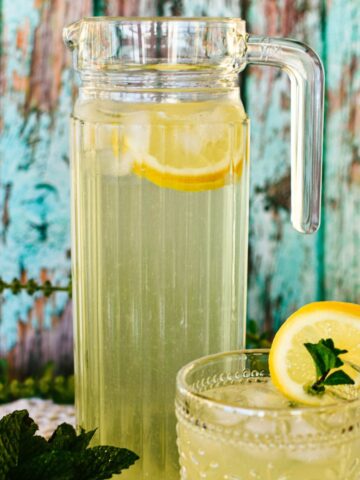
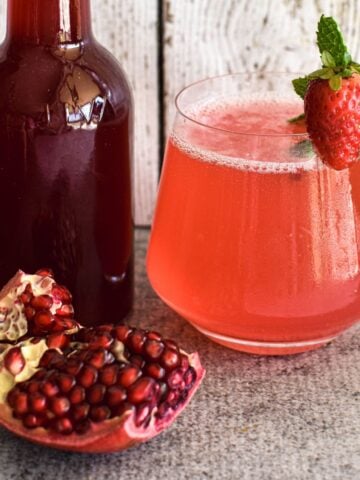
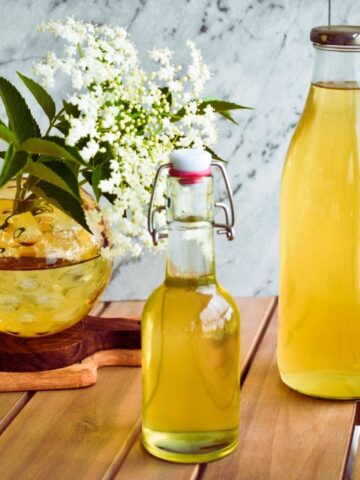
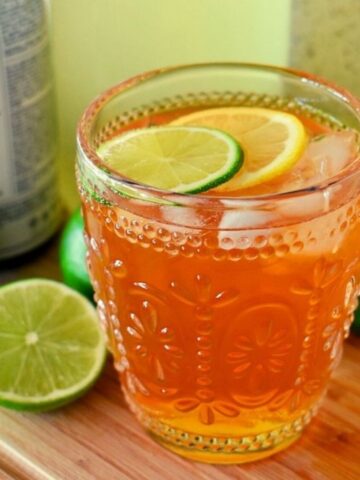
Charlotte
Have just made this today and oh my god it’s amazing! Have loads of mint growing crazy in the garden so made a huge batch with some reduced price lemons for the supermarket. Will be gifting some as it’s really amazing!
Libby Hakim
Glad you love it, Charlotte. It's a recipe I make regularly and I always have a bottle of this on standby. Enjoy!
Meredith
This looks like a great recipe….I was wondering how long it would keep?
Libby Hakim
Hi Meredith. It has plenty of sugar and tartaric acid to act as a preserver. It should last a few months in the pantry unopened and longer in the fridge. Happy cooking!
Robyn
Absolutely love this cordial!
You can drink it in so many ways - with water, soda water or lemonade. I have also found it goes beautifully with a little nip of gin and lemonade on a hot Queensland day.
Thank you soo much for sharing. Will definitely be trying some other recipes too!
Libby
Hi Robyn. So pleased you love the recipe and I LOVE your gin/lemonade mix - I'll have to try it. Thanks again for taking the time to leave a review and rating. Happy cooking! Libby x
Mona
Is it necessary to use the tartaric acid. I would rather not but would I've to try your recipe
Libby
Hi Mona. The tartaric acid, as I understand it, assists with flavour and preserving the fruit that goes into the cordial. The sugar also assists in preserving the fruit. You could try it without, or substitute citric acid, however I'd store it in the fridge to be safe. Libby
Marsha
Hi, How is this Australian?
Why are you adding tartaric acid?
Cheers
Libby
Hi Marsha. The recipe is based on my Australian great grandmother's Passionfruit Cordial Recipe and inspired by my travels through Egypt. We're very fortunate in Australia in that our cuisine is a mix from many parts of the world. My grandmother back in the 30s had Spanish recipes and Russian recipes along with the loads of British recipes she collected. As for the tartaric acid, it was used in the original recipe and is still used in many cordial recipes today to stop the cordial from fermenting. I hope that answers your questions. Cheers. Libby